Coconut Pudding With Tapioca Pearls: The Best Thai Dessert Ever
Coconut Pudding With Tapioca Pearls is one of those desserts that takes you on a journey from the very first bite. At Just Thai Recipes, this journey reflects our own story. When Lina and her partner started Just Thai Recipes, it was from a love of bringing the vibrant flavors of Thailand into home kitchens around the world. We believe in transforming simple, wholesome ingredients into unforgettable experiences.
This creamy coconut pudding with its soft, chewy tapioca pearls is exactly that kind of dish comforting, exotic, and utterly delicious. In this guide, we’ll show you how to make the perfect coconut pudding step by step, explore popular variations like Vietnamese coconut tapioca pudding and Hawaiian coconut tapioca pudding, and answer common questions such as “Why put tapioca in pudding?” or “Can you soak tapioca pearls in coconut milk?”
By the end, you’ll not only have a foolproof recipe but also tips and insights to make this dessert your signature sweet treat.
Table of Contents
Table of Contents
The Origins and Popularity of Coconut Pudding With Tapioca Pearls
Discovering the History of Coconut Tapioca Desserts
Coconut Pudding With Tapioca Pearls has its roots in multiple Southeast Asian cuisines, making it a dessert that feels both familiar and exotic. In Thailand, coconut-based desserts are celebrated for their creamy texture and subtle sweetness. Tapioca pearls, made from the starch of the cassava root, bring a satisfying chewiness that contrasts perfectly with the silkiness of coconut milk. Historically, these ingredients were valued for their ability to create filling, nutrient-rich dishes that were easy to prepare over an open flame.
Beyond Thailand, variations of this pudding appear across Asia and even in the Pacific Islands. Vietnamese coconut tapioca pudding often includes mung beans or taro for added flavor and texture, while Hawaiian coconut tapioca pudding sometimes incorporates tropical fruits like pineapple or mango to create a dessert that feels like a vacation in a bowl.
Why Coconut Pudding With Tapioca Pearls Is So Loved
The universal appeal of this dessert lies in its simplicity and adaptability. Whether served warm on a cool evening or chilled for a summer refreshment, it’s a dish that satisfies any sweet craving. The rich coconut milk provides a creamy base, while tapioca pearls add an unexpected texture that keeps every bite interesting.
Moreover, it’s naturally dairy-free, making it ideal for those seeking plant-based or lactose-free dessert options. It’s no wonder that searches for easy coconut pudding with tapioca pearls and baked tapioca pudding with coconut milk are growing globally.
Print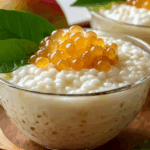
Coconut Pudding With Tapioca Pearls
- Prep Time: 5 minutes
- Cook Time: 15 minutes
- Total Time: 20 minutes
- Yield: 4 servings 1x
- Category: Dessert
- Method: Stovetop
- Cuisine: Thai
- Diet: Vegan
Description
This Coconut Tapioca Pudding blends creamy coconut milk with chewy pearl tapioca for a delightful dessert. Lightly sweetened and finished with vanilla, it’s perfect served warm or chilled.
Ingredients
- ⅔ cup quick cooking pearl tapioca
- 2 (14 ounce) cans coconut milk
- ¼ teaspoon salt
- ½ cup white sugar
- 1 egg
- 1 teaspoon vanilla extract
Instructions
- In a saucepan over medium-high heat, combine tapioca, coconut milk, and salt. Bring to a boil while stirring constantly.
- Reduce heat to medium-low and let simmer for 5 minutes. Stir in sugar until completely dissolved.
- In a medium bowl, beat the egg until smooth. Gradually whisk in about 1/2 cup of the hot tapioca mixture, one tablespoon at a time, to temper the egg.
- Pour the tempered egg mixture back into the saucepan, stirring continuously. Simmer gently until pudding thickens, about 3 to 5 minutes.
- Remove from heat and allow to cool for 10 minutes. Stir in vanilla extract until fully incorporated.
- Serve warm for a comforting treat or chill in the refrigerator for a refreshing dessert.
Notes
- For extra flavor, top with toasted coconut flakes or fresh mango slices before serving.
- If you prefer a sweeter pudding, adjust the sugar to taste.
- Use full-fat coconut milk for a richer, creamier texture.
Nutrition
- Serving Size: 1 serving (about 1 cup)
- Calories: 320
- Sugar: 18g
- Sodium: 125mg
- Fat: 20g
- Saturated Fat: 18g
- Unsaturated Fat: 1.5g
- Trans Fat: 0g
- Carbohydrates: 35g
- Fiber: 1g
- Protein: 3g
- Cholesterol: 20mg
Keywords: coconut tapioca pudding, coconut milk dessert, vegan tapioca pudding, Thai dessert recipe
Essential Ingredients for the Perfect Coconut Pudding With Tapioca Pearls
The Role of Tapioca Pearls in This Dessert
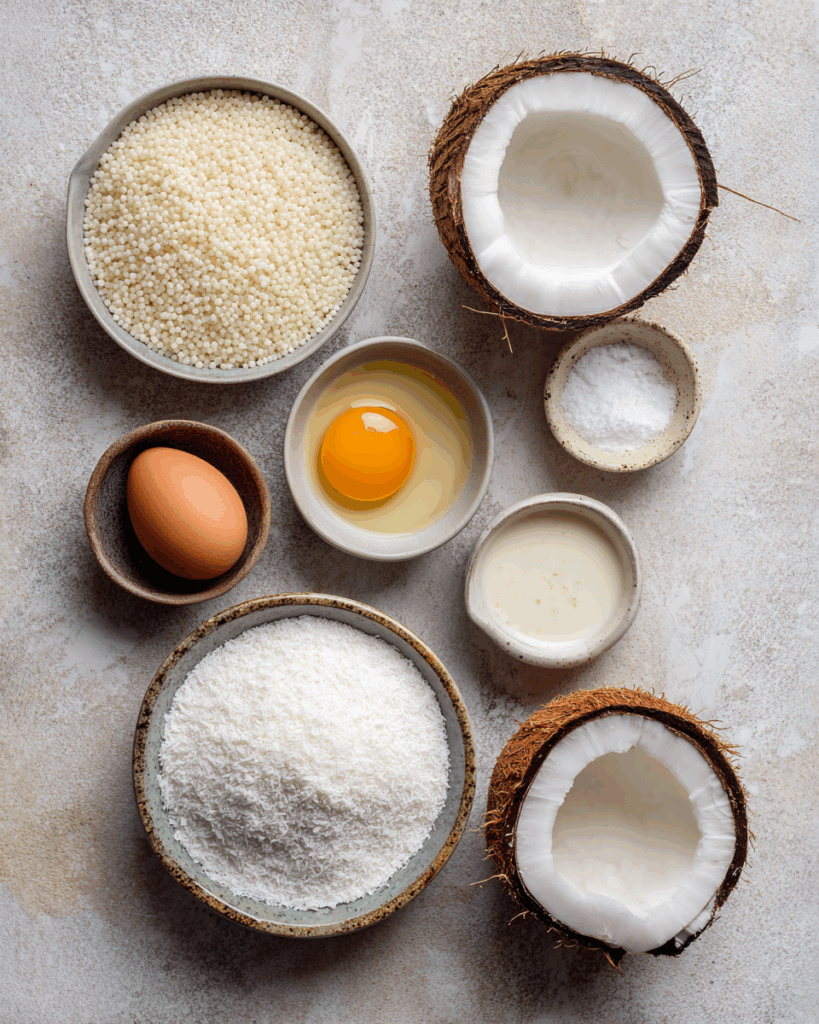
Tapioca pearls are the heart of Coconut Pudding With Tapioca Pearls, providing the distinct chewy texture that makes this dessert so memorable. They’re made from cassava starch and come in various sizes. For this recipe, we use ⅔ cup quick-cooking pearl tapioca because it cooks faster and still delivers the signature bite. Choosing the right size is important because larger pearls may require pre-soaking or longer cooking times, while smaller ones could disintegrate in the pudding.
If you’re curious about how tapioca is used in other Thai desserts, don’t miss our recipe for Thai Red Rubies Dessert—another tropical sweet that uses chewy elements in a unique way.
Coconut Milk and Other Pantry Staples
Coconut milk is the creamy foundation of this dish, giving it that luscious mouthfeel and subtle sweetness. For authentic results, use 2 (14-ounce) cans of full-fat coconut milk. Lite versions might save a few calories but will compromise on creaminess. You’ll also need ¼ teaspoon salt to balance the sweetness, ½ cup white sugar for the perfect level of sweetness, 1 egg to enrich the texture, and 1 teaspoon vanilla extract for that finishing aroma.
In some variations like coconut pudding with tapioca pearls and condensed milk, sweetened condensed milk is added for extra richness. If you prefer a vegan option, skip the egg and use a plant-based thickener like agar-agar. For more coconut-based treats, check out our Thai Coconut Pancakes for a simple yet delightful snack idea.
Quick Tip: Soaking Tapioca Pearls
While quick-cooking tapioca pearls don’t require pre-soaking, traditional larger pearls often benefit from being soaked in water for about 30 minutes. Some adventurous cooks even soak them in coconut milk to infuse extra flavor, though you must monitor closely to prevent them from becoming too soft.
How to Make Coconut Pudding With Tapioca Pearls Step by Step
Preparing the Tapioca and Coconut Milk Mixture
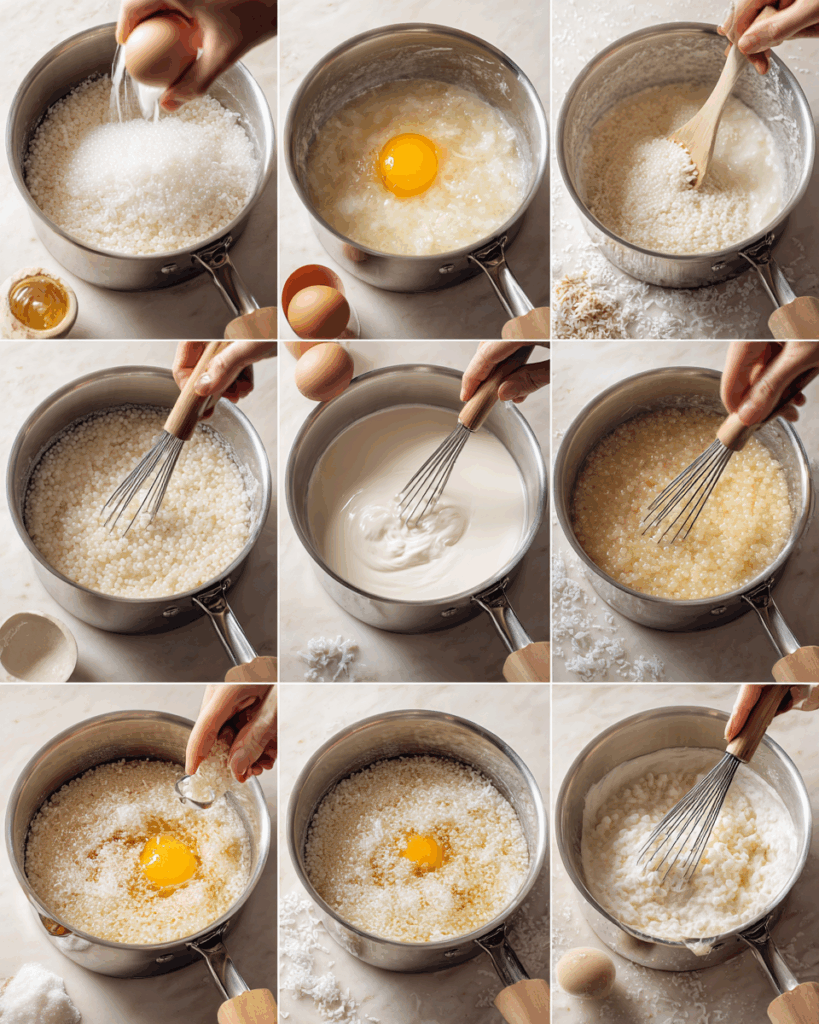
The first step in making Coconut Pudding With Tapioca Pearls is to combine the key ingredients in a medium saucepan. Pour in ⅔ cup quick-cooking pearl tapioca and 2 cans of coconut milk, then add ¼ teaspoon of salt to balance the sweetness later. Bring this mixture to a gentle boil over medium-high heat, stirring constantly to prevent the tapioca pearls from clumping together or sticking to the bottom of the pan.
As soon as it reaches a boil, reduce the heat to medium-low and let it simmer for about 5 minutes. Continue stirring occasionally to ensure even cooking. You’ll notice the tapioca pearls start turning translucent as they absorb the coconut milk and soften. This is the first sign that your pudding base is coming together perfectly.
Incorporating Sugar and Egg for Creaminess
Once the tapioca pearls have softened slightly, stir in ½ cup white sugar until it dissolves completely. This ensures a smooth, silky sweetness throughout the pudding.
In a separate bowl, beat 1 egg until smooth. This step is critical for adding richness and giving the pudding a custard-like consistency. Slowly temper the egg by whisking in about ½ cup of the hot tapioca mixture, adding just 1 tablespoon at a time. This prevents the egg from curdling when it’s added back into the hot pudding. Once tempered, scrape the egg mixture into the saucepan, stirring continuously to create a unified texture.
Allow the pudding to simmer gently for an additional 3 to 5 minutes. During this time, it will thicken slightly, and the pearls should be almost fully translucent with just a tiny opaque dot in the center.
Once you’ve mixed in the hot liquid fully and the egg is warmed up, scrape the tempered egg mixture back into the saucepan. Stir constantly as you continue to simmer gently for another 3 to 5 minutes. The pudding will thicken noticeably during this stage. Be patient, and don’t raise the heat—low and slow is the key to smooth, silky pudding.
Adding the Final Touch of Vanilla
After the pudding has reached your desired thickness, remove it from the heat. Let it cool for about 10 minutes. This not only allows the flavor to settle but also makes the final step more effective. Now stir in 1 teaspoon of vanilla extract. The warmth of the pudding will help release the vanilla’s aroma, tying everything together into one harmonious flavor.

At this stage, the pudding can be served warm, or you can chill it for a few hours to enjoy it cold. Either way, the result is a creamy, comforting coconut pudding with tapioca pearls that’s perfect for any occasion.
Variations of Coconut Pudding With Tapioca Pearls You Need to Try
Vietnamese Coconut Tapioca Pudding
Vietnamese coconut tapioca pudding offers a delightful twist by adding layers of mung beans, taro, or even sweet corn. This variation, often called “Che Chuoi,” is creamy, slightly savory, and textured with bits of banana or yam. It’s a beloved street food dessert in Vietnam and pairs perfectly with crushed ice on a hot day.
For a refreshing take, check out this version of Mango Sago Coconut Tapioca Pudding which blends mango puree and sago pearls for a tropical finish.
Hawaiian Coconut Tapioca Pudding
Hawaiian coconut tapioca pudding infuses island flavors with tropical fruits like pineapple and mango. The result is a dessert that feels like sunshine in a bowl—sweet, creamy, and tangy all at once.
You can explore a creative take on these tropical flavors with this guide to Tropical Tapioca Pudding.
Coconut Pudding With Tapioca Pearls and Condensed Milk
For a richer, indulgent dessert, try adding sweetened condensed milk. This version is popular in Southeast Asia, where condensed milk amplifies the creaminess and adds a caramel-like sweetness. It’s perfect for those who enjoy a velvety, dessert-shop texture.
Discover another creamy dessert with condensed milk in this recipe for Tapioca Pearls with Coconut Milk and Mango.
Minute Tapioca Pudding With Coconut Milk
If time is tight, using minute tapioca can help you whip up this dessert in no time. Substitute traditional pearls with quick-cooking tapioca for the same chewy texture with half the preparation effort.
For classic inspiration, learn how to make Tapioca Pudding from Scratch and adapt it by swapping dairy for coconut milk.
Baked Tapioca Pudding With Coconut Milk
A baked version adds a subtle caramelized crust on top, creating a contrast between the soft pudding and golden surface. It’s perfect for dinner parties where presentation matters as much as flavor.
Coconut Tapioca Pearls as a Dessert Base
Instead of a pudding, you can use cooked tapioca pearls as a base for parfaits or layered desserts. Alternate with coconut cream and fresh fruit for a lighter, deconstructed take on this classic.
Tips and Tricks for Perfect Coconut Pudding Every Time

Why Put Tapioca in Pudding?
Tapioca is more than just a filler ingredient—it gives this pudding its signature chewy texture and glossy appearance. Unlike cornstarch or flour, tapioca thickens the pudding without making it heavy or grainy. It also holds up well when chilled, keeping the dessert creamy instead of clumping.
When you stir tapioca into coconut milk, the pearls slowly absorb the liquid, creating little pockets of creamy sweetness. This process transforms what could be a simple custard into a dessert with depth and texture.
Can You Soak Tapioca Pearls in Coconut Milk?
Yes, you can soak tapioca pearls in coconut milk, but there are a few things to watch for. Soaking them in coconut milk infuses a richer flavor, but it also softens the pearls significantly. If they sit too long, they may lose their structure and turn mushy when cooked.
To avoid this, soak them for no longer than 30 minutes and only use quick-cooking tapioca if you’re pressed for time. For larger tapioca pearls, soaking in water is still the safer option to maintain the desired chewy bite.
Additional Tips for Success
- Stir constantly while cooking to prevent tapioca pearls from clumping together or sticking to the pan.
- Don’t skip tempering the egg. This step prevents curdling and ensures the pudding stays smooth.
- Adjust sugar levels to taste. Some prefer a sweeter pudding, while others enjoy a subtle sweetness that lets the coconut shine.
- If making in advance, store the pudding covered in the fridge. It will thicken slightly as it cools but can be loosened with a splash of coconut milk when reheating.
- For a vegan version, replace the egg with a tablespoon of cornstarch mixed in water or use agar-agar as a thickener.
Common Mistakes to Avoid When Making Coconut Pudding With Tapioca Pearls

Overcooking Tapioca Pearls
One of the most common mistakes is overcooking tapioca pearls. When boiled too long, the pearls lose their chewy bite and become mushy, blending into the pudding instead of standing out. To avoid this, cook them just until they turn translucent with a slightly firm center. Remember, they will continue to soften slightly even after being removed from heat.
Not Tempering the Egg Properly
Another critical step is tempering the egg. Adding the beaten egg directly into the hot tapioca mixture without tempering will result in scrambled eggs in your pudding. To do this correctly, whisk a small amount of the hot mixture into the egg slowly, then gradually add the egg mixture back to the pot while stirring constantly. This process gently raises the temperature of the egg and ensures a silky texture in the final dish.
Using Low-Fat Coconut Milk
While low-fat coconut milk may seem like a healthier option, it often lacks the richness needed to give this dessert its creamy, luxurious consistency. Full-fat coconut milk provides the right texture and depth of flavor that makes Coconut Pudding With Tapioca Pearls so irresistible.
Ignoring Cooling Time
Skipping the cooling period after cooking can lead to a pudding that hasn’t set properly. Letting the dessert rest for at least 10 minutes allows the flavors to meld and the tapioca pearls to settle, resulting in a better texture whether served warm or chilled.
Serving Suggestions and Pairings for Coconut Pudding With Tapioca Pearls
Serving Warm vs. Chilled
Coconut Pudding With Tapioca Pearls offers incredible versatility in how it’s served. Warm pudding is comforting on cooler evenings, with its creamy coconut aroma filling the room as you dig in. On the other hand, chilled pudding is perfect for summer, offering a refreshing and cooling dessert experience. To serve cold, simply allow the pudding to cool completely before refrigerating for at least two hours.
For added texture and flavor, top with freshly grated coconut, toasted coconut flakes, or slices of ripe tropical fruits like mango, pineapple, or banana. These toppings not only enhance the flavor but also create a beautiful presentation.
Pairing With Other Thai Desserts
This pudding pairs wonderfully with other Thai sweets, making it part of an unforgettable dessert spread. Pair it with sticky rice dishes like mango sticky rice for a duo of creamy delights. Or add light, crunchy Thai coconut pancakes on the side for contrast. This balance of textures and flavors creates a dessert table that appeals to every taste bud.
A creative option is to serve smaller portions of each dessert in individual glasses for a Thai dessert sampler. This way, guests can experience multiple flavors in one sitting, and Coconut Pudding With Tapioca Pearls will be the star of the show.
Health Benefits and Nutritional Information of Coconut Pudding With Tapioca Pearls
Coconut Milk’s Nutritional Profile
Coconut milk is the key ingredient that gives this pudding its rich and creamy texture. Beyond its flavor, coconut milk offers healthy fats, particularly medium-chain triglycerides (MCTs), which are known for providing quick energy and supporting heart health. It’s also rich in antioxidants that help reduce inflammation in the body.
However, because it’s calorie-dense, moderation is key. Using full-fat coconut milk provides the best texture, but for a lighter option, you can mix half full-fat and half light coconut milk without sacrificing too much creaminess.
Tapioca Pearls: Energy and Gluten-Free Goodness
Tapioca pearls are naturally gluten-free, making this dessert a great choice for people with gluten sensitivities. They’re primarily a source of carbohydrates, providing a quick energy boost. While tapioca itself is not high in vitamins or minerals, pairing it with nutrient-rich toppings like fresh fruits can increase the overall nutritional value.
Making It Vegan or Dairy-Free
Coconut Pudding With Tapioca Pearls is naturally dairy-free since coconut milk replaces traditional dairy. To make it fully vegan, replace the egg with a thickener like cornstarch or agar-agar. This adjustment keeps the pudding smooth and creamy while making it accessible to more dietary preferences.
Conclusion: Bring the Taste of Thailand to Your Kitchen
Coconut Pudding With Tapioca Pearls blends the luscious creaminess of coconut milk with the delightful chew of tapioca pearls, creating a Thai dessert that feels both exotic and familiar. Whether you’re enjoying Coconut Pudding With Tapioca Pearls warm on a chilly night or chilled for a refreshing summer treat, this recipe is perfect for every occasion.
For a creative twist, try variations like Vietnamese coconut tapioca pudding or Hawaiian-inspired Coconut Pudding With Tapioca Pearls topped with tropical fruits to make it your own.
Once you master this easy and delicious recipe for Coconut Pudding With Tapioca Pearls, you’ll find yourself returning to it again and again—just like our story at Just Thai Recipes, where every dish is a journey into bold, unforgettable flavors.
Frequently Asked Questions About Coconut Pudding With Tapioca Pearls
Why put tapioca in pudding?
Tapioca is added to pudding because it acts as a natural thickener while providing a unique chewy texture. The starch released from the pearls during cooking creates a creamy consistency that sets the dessert apart from other custards or milk-based puddings. This combination of texture and flavor makes tapioca pudding a beloved classic across many cultures.
Can you soak tapioca pearls in coconut milk?
Yes, you can soak tapioca pearls in coconut milk, but it requires careful attention. Soaking infuses the pearls with coconut flavor but can make them too soft if left too long. It’s best to soak them for no more than 30 minutes if you plan to cook them afterward. For traditional larger tapioca pearls, soaking in water is still preferred to maintain their structure during cooking.
Are tapioca pearls the same as tapioca pudding?
No, tapioca pearls and tapioca pudding are not the same. Tapioca pearls are small, round balls made from cassava starch, used as an ingredient in various desserts. Tapioca pudding, on the other hand, is a prepared dessert made by cooking tapioca pearls in milk or coconut milk with sugar and other flavorings until it thickens.
How to make tapioca coconut pudding?
To make tapioca coconut pudding, combine quick-cooking tapioca pearls, coconut milk, and salt in a saucepan. Bring the mixture to a gentle boil over medium-high heat while stirring constantly, then reduce the heat and simmer for five minutes. Add sugar and stir until dissolved. Beat an egg in a separate bowl, temper it with a small amount of the hot tapioca mixture, and then incorporate it back into the saucepan. Simmer until thickened, remove from heat, and stir in vanilla extract. Let cool slightly before serving warm or refrigerate for a chilled version.

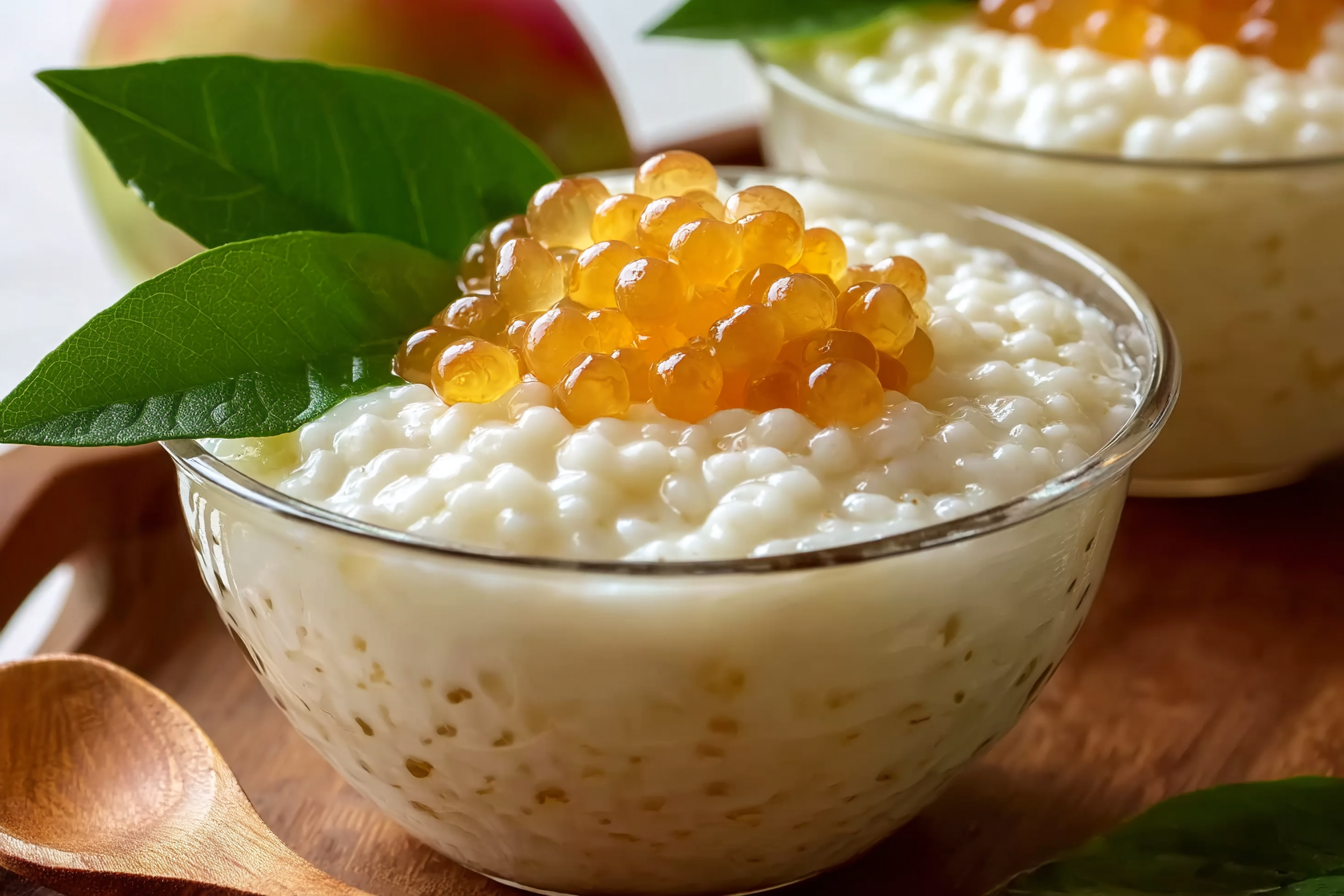
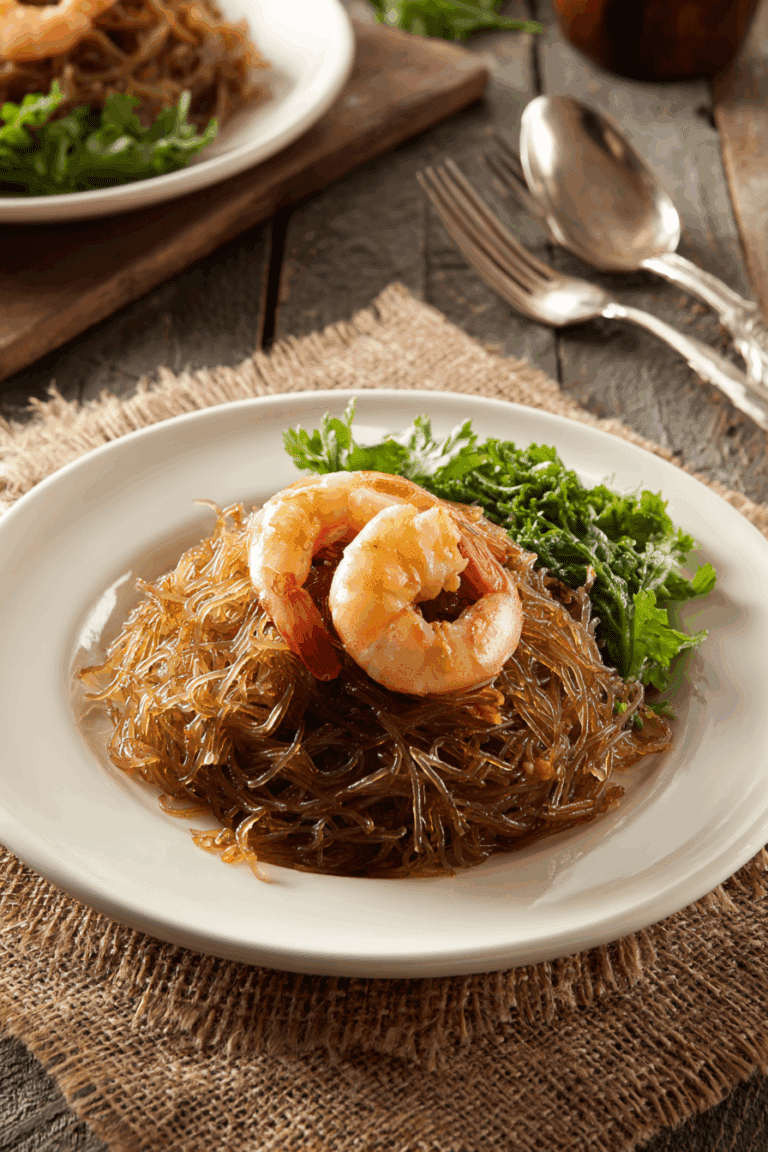

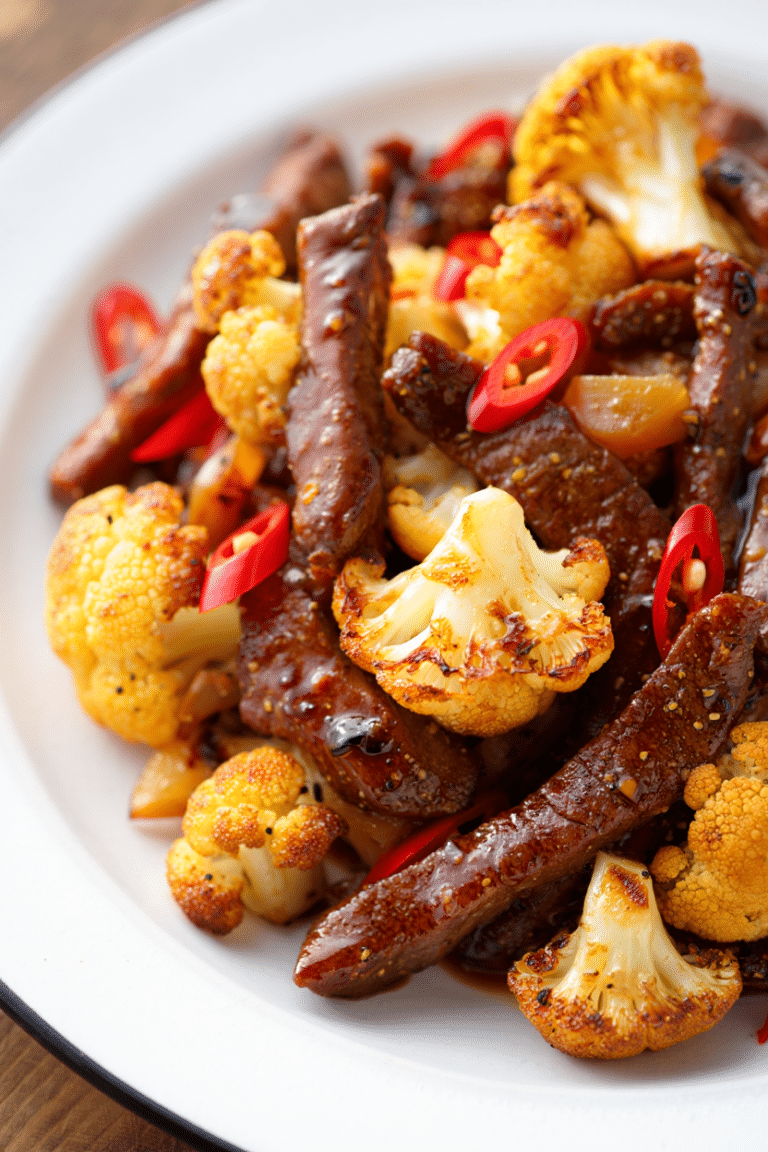
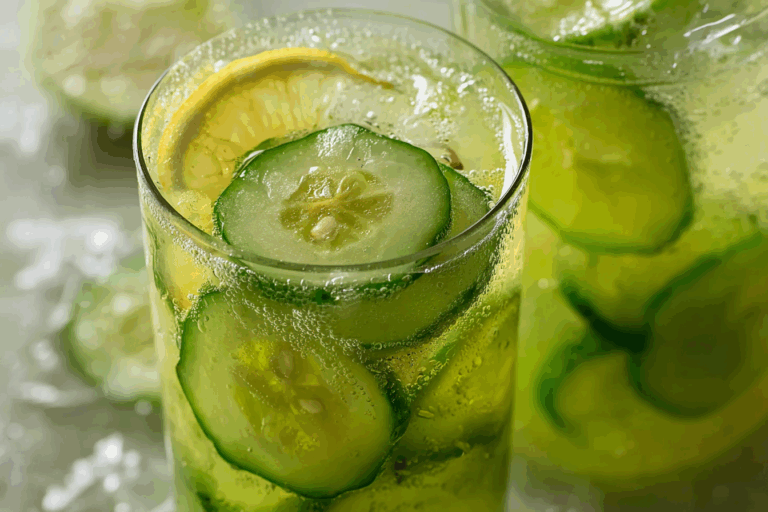
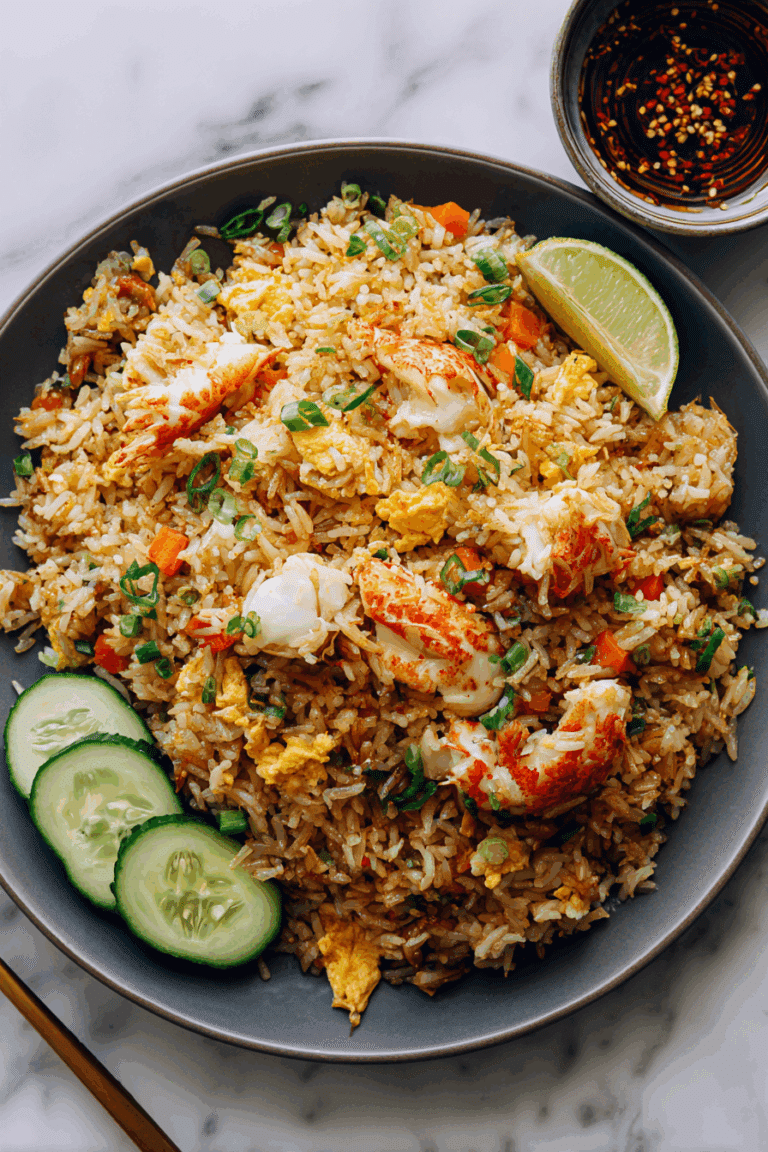

Whats Going down i am new to this, I stumbled upon this I’ve found It positively helpful and it has helped me out loads. I hope to contribute & assist different users like its helped me. Good job.
I was just seeking this info for some time. After 6 hours of continuous Googleing, finally I got it in your web site. I wonder what’s the lack of Google strategy that don’t rank this kind of informative websites in top of the list. Normally the top websites are full of garbage.